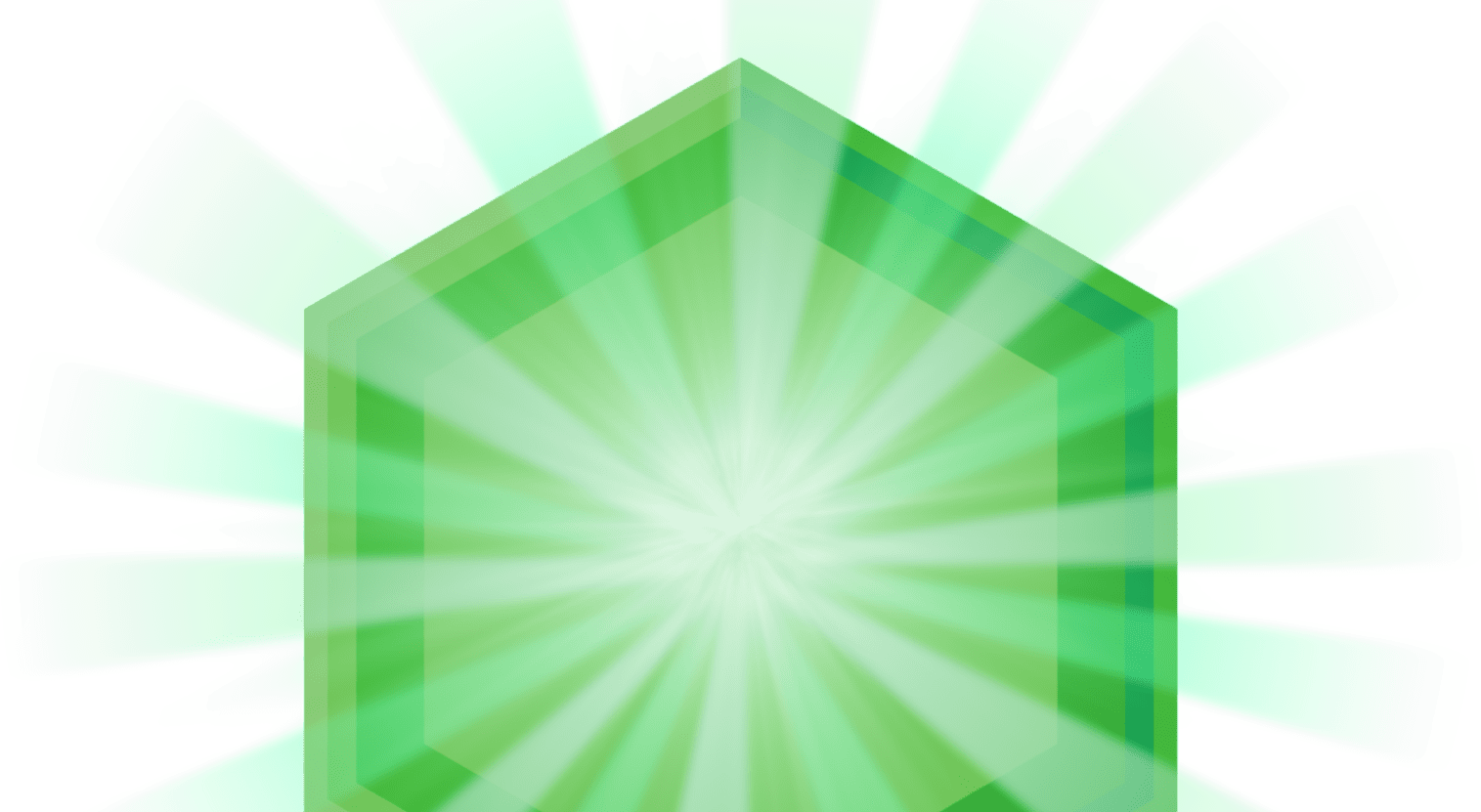HEY, WHAT'S HAY FEVER?
You might hear seasonal allergies described as “hay fever” from time to time. Actually, it’s what seasonal allergies were called two centuries ago. Here’s how “hay fever” and “seasonal allergies” came to be synonymous.
THE HISTORY OF HAY FEVER
English physician, John Bostock, coined the term hay fever in 1819. Bostock observed in himself and others a series of symptoms, which he referred to as "catarrhus aestivus" or "summer catarrh." Catarrh is a general term that refers to any excessive discharge from the nose and eyes, like when you have a cold.1
Bostock believed summer catarrh was triggered by the discharge from new hay and observed that it affected people "annually in the months of April, May, June, or July," and would "last a month, with great violence." For this reason he called it "hay fever."1
LIVING WITH HAY FEVER ALLERGY
Today we refer to hay fever, as allergenic rhinitis or seasonal allergies. And we know the top culprit of allergenic rhinitis isn’t hay, but the pollen from trees, weeds, and grasses that’s released at the same time hay is growing.2
What’s more, millions of Americans experience hay fever symptoms year-round, regardless of when pollen season starts and ends. Year-round symptoms can be caused by indoor allergens, such as dust mites, pet dander, and mold.3
As Bostock observed, the symptoms of hay fever can indeed occur "with great violence" or, rather, they can be awfully unpleasant and disruptive. But they don’t have to be. With our understanding today, there are ways to avoid triggers as well as allergy treatments that can help you alleviate your symptoms.
Sources:
1. Ramachandran, M., & Aronson, J. (2011). John Bostock's first description of hayfever. JRSM, 237-240. http://www.ncbi.nlm.nih.gov/pmc/articles/PMC3110966/
2. Allergic Rhinitis. (n.d.). Retrieved March 26, 2015, from https://acaai.org/allergies/types/hay-fever-rhinitis
3. Indoor Allergens. (n.d.). Retrieved March 26, 2015, from http://www.aaaai.org/conditions-and-treatments/library/allergy-library/indoor-allergens




